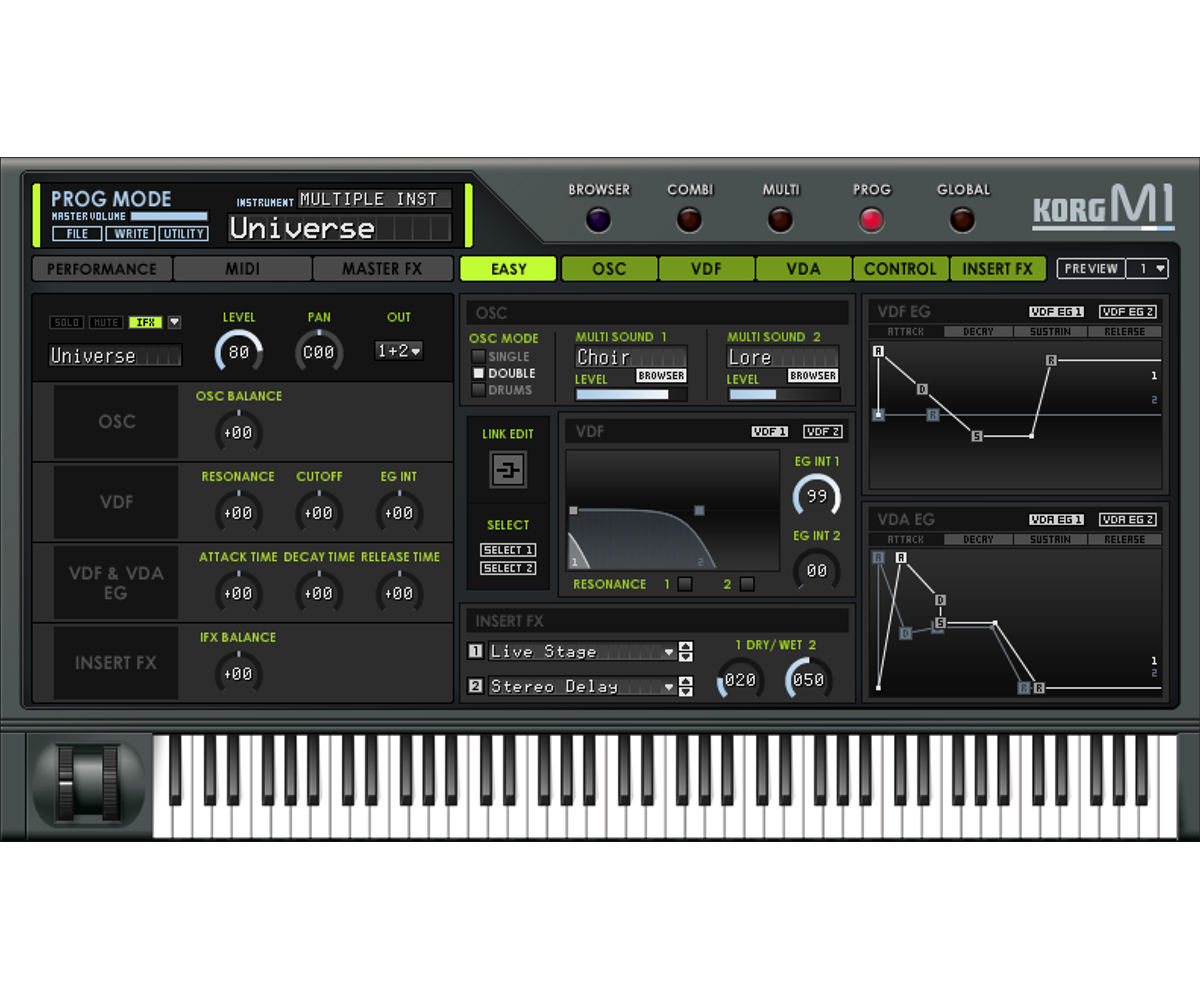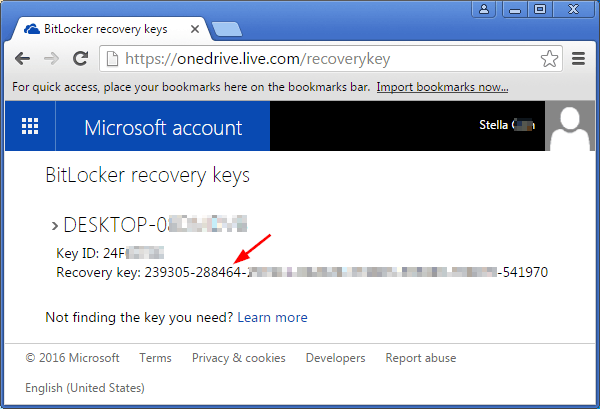
Free Download Korg Ms20 Vst Plugin
Anamogue AS-20 FX is a rompler recorded using a Korg MS-20 synthesizer. Add warm rich analogue FX to your tracks using this unique Korg MS-20 FX synthesizer. FX include a range of fallers, risers, sweeps and zaps. All samples are recorded in 24bit/44,100kHz wav. All sounds are unprocessed and a direct emulation of the sound you would achieve from the Korg MS-20. Each sample is loaded on to C2 and spans the full keyboard range.
Most people looking for Korg ms 20 VST free downloaded. In a stand-alone operation, or it can run as a plug-in editor in an AU, VST or RTAS environment. Anamogue AS-20 FX is a free Korg MS-20 FX plug-in developed by Audio Animals. Win32 Win64 OSX AU. Anamogue AS-20 FX.
By playing FX in different octaves adjust the speed in which the sample is played. • 19 Fallers.
In the second part of our coverage of Korg's new collection of software instruments, we turn our attention to the virtual MS20, and the MS20-shaped hardware controller. Just how well do these renditions compare to the original? Photo: Original Mark EwingLast month, I reviewed the Wavestation component of the Korg Legacy Collection, and found it to be an excellent recreation of the original synths.
In many ways, this isn't surprising, because it shouldn't be too difficult to duplicate the function and sound of a 'vintage' digital synth in a new digital form. But what of the other components of the Collection, MS20 and Polysix? Can Korg recreate their success when called upon to model the distinctive sounds and vagaries of two of its most famous analogue synths? This month, it's Legacy MS20 's turn for a thorough examination.
As I described last month, loading and authorising Legacy Collection is straightforward, although for indefinite use it requires that you obtain a licence number from Korg's web site. Once you have done so, you can use Legacy MS20 as a stand-alone program, or as a VST or AU plug-in.  You can also use it within the Legacy Cell environment, which we will look at next month. The MS20iC controller connects to your computer (and draws its power) via a USB cable. If, like me, you're connecting it to a Mac, you need do no more; the controller will be recognised by the OS X Audio MIDI Setup software. Windows XP users, on the other hand, will need to log on as administrators, and perform a 10-step procedure to install the Korg USB MIDI driver.
You can also use it within the Legacy Cell environment, which we will look at next month. The MS20iC controller connects to your computer (and draws its power) via a USB cable. If, like me, you're connecting it to a Mac, you need do no more; the controller will be recognised by the OS X Audio MIDI Setup software. Windows XP users, on the other hand, will need to log on as administrators, and perform a 10-step procedure to install the Korg USB MIDI driver.
Although somewhat smaller than a vintage MS20 (it's an 84-percent scale recreation, apparently), the MS20iC hardware controller is an exact recreation of the original synth, with one major exception: the sockets are merely physical representations of the software patching in Legacy MS20. In other words, the front-panel patch points are not real CV connections, and you should not attempt to input control voltages from other synths.
The program offers two modes, 'Play View' and 'Edit View'. These are somewhat loosely named, though, because you can play in Edit View and edit in Play View, and both views display the parameter values when you hover over the knobs.
However, Play View shows only the front-panel controls that were present on the original synth, while Edit View shows all the additional facilities available. I'm rather frustrated by Edit View, because as with all the other Legacy MS20 screens, it's fixed at just 804 pixels wide, and yet the full control panel is 1491 pixels, necessitating endless scrolling back and forth. With a bit of graphical trickery (see below), I can show you what the panel would look like if you could fit it all on screen at once. Given that my Powerbook displays 1440 horizontal pixels, I would be much happier if I could use this version to program and patch Legacy MS20. Korg make a big deal of the physical modelling used to recreate the MS20.
They call this 'CMT', which stands for Component Modelling Technology, and claim the following: 'CMT takes an organic approach to modelling, duplicating the circuit path of a synthesizer by recreating each individual component — transistor, capacitor, resistor, etc. CMT's cloning of the entire instrument ensures that every nuance is replicated.' I have doubts about this — specifically about the suggestion that the software synth is constructed in a single operation from models of individual components. Sapphirefoxx.